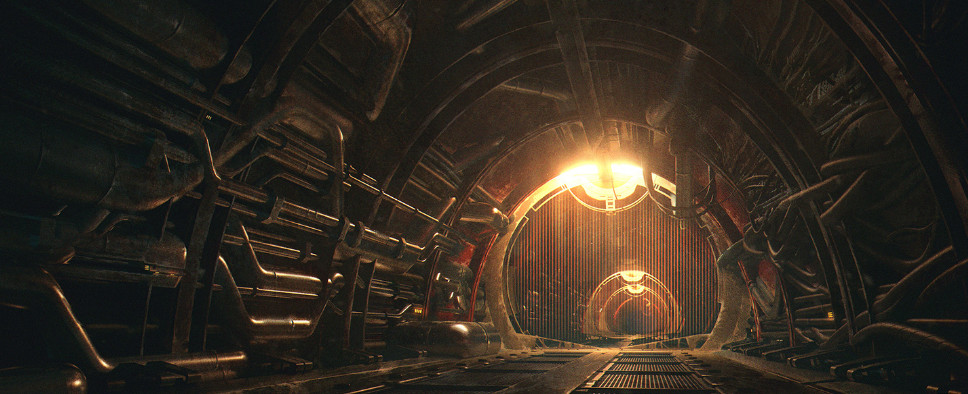The New World Interview
-
Category: News ArchiveHits: 1307

EM: I notice characters have a fair amount of stats that (like Fallout, Arcanum, or Shadowrun Returns) respond to different play styles, so what is the guiding philosophy behind the numeration of attributes, and as you tweak/incentivize with equipment, how do you work to keep things balanced?
VDW: Since both your character and the allies/enemies are using the same character system, we’re relying on the system itself rather than on inflated values. Thus, stats and skills matter a lot for the player to feel the difference between a thug and an experienced fighter or between an experienced fighter and an exceptional fighter (a ‘hero’ who happened to be fighting for the other side and is dead-set on murdering you for the greater good).
Thus, a thug would have 6-7 in physical stats and 3-4 in weapon skills, a good fighter would have 7-8 in stats and 5-7 in weapon skills, and an exceptional fighter would have 9-10 in stats and 8-10 in skills. Nothing you character can’t achieve if he or she lives long enough.
The combat system itself is based on and balanced by the trade-offs. The 3 main variables are to-hit chance, damage, and action points. You want to do more damage? Then try more powerful attacks that are slower and thus easier to dodge or block. So your damage goes up (if you land a hit), while your attack speed and to-hit chance go down. You want to hit a lot? Do faster attacks that but you won’t do as much damage. Stats and gear modify this equation, so what’s true for your character won’t be true for someone else’s character.
Overall, we have 6 traditional stats, a bunch of derived stats, and 21 skills. Our goal is to give the player 4 distinctive paths to follow:
– Combat specialist
– Infiltrator (stealth, lockpicking, critical strike, etc)
– Diplomat aka scheming bastard
– Jack of all trades, master of none
...
EM: I’d love to hear about your process at Iron Tower, in terms of content creation and decision making, so when you come up with ideas for a new feature, what does it look like from genesis to completion? Do multiple people put their heads together and confirm what they need to complete the tasks, or is it more of a top-down managed environment?
VDW: We’ve worked together for over 10 years, so we know each other well and we trust each others’ judgement. So let’s say I (as the lead designer) suggest to do something a certain way (for example, how to handle the weapon slots) and Nick (our programmer) says it’s not a good idea. I trust his judgement on it without getting into lengthy conversations about it.
Overall, when a new feature is proposed, if someone has a concern of any kind (implementation or design), he raises it and we discuss it until we all agree on how to proceed. The concern acts a red flag here, so it’s more about evaluating this feature from different angles, rather than making sure that everyone has a say.
Basically, we have a “culture” (for the lack of a better word) of not taking criticism personally and considering each and every suggestion. As a result, nobody thinks twice about sharing their concerns, expecting them to be addressed. Simple as that.

